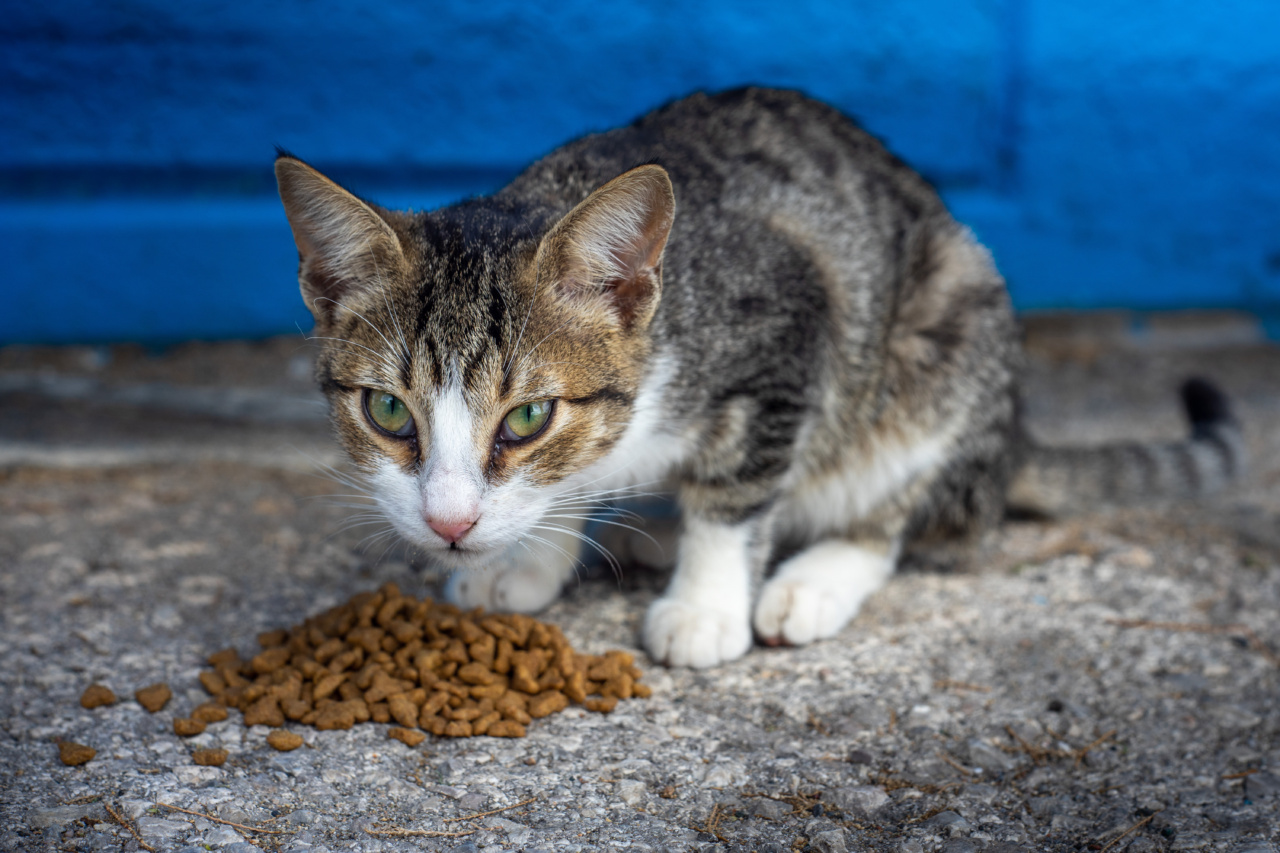When it comes to pet food, owners want to provide the best nutrition for their furry friends. However, selecting the right type of pet food can be confusing due to the labeling on the packaging. Pet food labeling can be tricky and sometimes misleading.
It’s important to understand what exactly these terms mean and how they affect your pet’s diet. In this article, we’ll cover the truth behind common pet food labeling terms and what to look for when choosing the best food for your pet.
What is Pet Food Labeling?
Pet food labeling is how manufacturers communicate with the consumers about their products. The labels provide information about the ingredients, nutrition, and other relevant information that pet owners need to know.
It’s essential for owners to understand pet food labeling because choosing the right food can have a significant impact on their pet’s health and well-being.
Understanding Pet Food Ingredients
One of the most critical aspects of pet food labeling is the list of ingredients. The ingredients list is usually organized from highest to lowest weight to indicate the most significant components of the food.
It’s important to note that the first few ingredients listed are the most crucial because they make up the majority of the food.
If you’re looking for high-quality food, look for or avoid the following ingredients:.
- Meat – Look for whole meat ingredients like chicken, beef or lamb. Avoid generic meat sources like “meat by-products” or “animal digest”. These can contain low-quality protein sourced from animals that are not fit for human consumption.
- Grain Free – Grain-free diets are becoming popular since some pet owners believe their pets cannot digest grains. However, the absence of grains should not compromise the nutritional value of the food.
- Fruits and Vegetables – Fresh fruits and vegetables provide essential vitamins and healthful fiber. Look for whole fruits and veggies instead of powdered or artificial versions.
- Preservatives – Avoid artificial preservatives like BHA, BHT, and ethoxyquin. Look for natural preservatives like Vitamin C and Vitamin E.
Different Types of Pet Food
Aside from the ingredients, pet foods are also labeled according to their type. Knowing these categories can help owners understand their pet’s nutritional needs better. Below are the common types of pet food:.
Complete and Balanced
Complete and balanced is a term used for pet food that meets all the nutritional requirements of pets. Manufacturers must meet specific standards to label their products as complete and balanced.
The products must contain all essential nutrients and in the right proportions to provide proper nutrition. A food labeled as complete and balanced should also be appropriate for its life stage.
Grain-Free
Grain-free food is a type of pet food that eliminates grains like corn, wheat, and soy from their ingredients. Some pet owners avoid grains because they believe it’s healthier for their pets.
However, it’s vital to know that grains can be a healthy source of carbs and energy. Make sure to check that the food still has the proper balance of nutrients in the absence of grains.
Natural or Organic
Natural or Organic foods are made with natural ingredients that don’t contain synthetic additives like preservatives, colors, and flavors. The use of antibiotics and hormones are also restricted in Organic pet food.
Organic food does not necessarily guarantee better nutrition, but it offers more transparency about the food’s source and production.
Grain-inclusive
Grain-inclusive food contains grains, but it should still provide all of the essential nutrients. Grains can be a good source of carbohydrates and fiber, so eliminating them entirely may be unnecessary.
Make sure to choose high-quality grains and avoid any low-quality fillers, like corn or wheat, that may cause allergies.
Understanding Pet Food Claims
Pet food manufacturers can use several claims on their packaging to help consumers choose their products. However, these claims can be confusing and misleading if misunderstood. Below are the common claims with their meanings:.
Veterinarian Recommended
This means that a veterinarian endorses the brand. However, it’s vital to note that it does not indicate that the food is the best option for all pets.
Human-Grade Ingredients
Human-grade ingredients mean that the ingredients meet human consumption standards. While it highlights the high-quality ingredients, this claim is not regulated, and it can be ambiguous.
Natural
Natural pet food is made with natural ingredients that don’t contain synthetic additives. However, the term natural is not regulated and doesn’t guarantee quality.
Additionally, some natural ingredients can still be harmful to pets, so it’s important to understand the ingredients used.
Grain-Free
Grain-free food is a type of pet food that eliminates grains from their ingredients. Some pet owners avoid grains because it is believed to be healthier for their pets.
However, it’s important to know that grains can be a healthy source of carbohydrates and energy.
Analyzing Guaranteed Analysis: Reading the Fine Print on Pet Food Labels
Another essential area on pet food packaging is the guaranteed analysis. The guaranteed analysis gives a percentage of protein, fat, fiber, and moisture in the food. This information can be used to compare different brands of food.
Make sure to look at the guaranteed analysis to see if the food meets your pet’s nutritional needs. It’s important to note that the percentage of nutrients is only a guideline, and the actual content may vary.
Conclusion
Understanding pet food labels is crucial for pet owners to provide optimal nutrition for their pets. Whether your pet requires specialized diets or regular food, careful label reading is essential to maintain a healthy and happy pet.
Look for whole meat ingredients, high-quality grains, natural preservatives, and appropriate nutrient balances. While it may take some effort to find the right food, it is worth the reward in the long run.






























